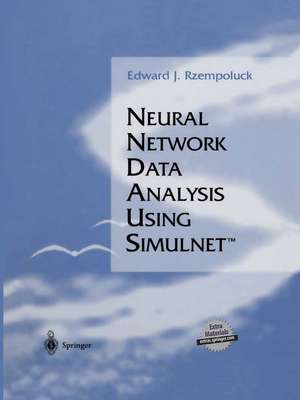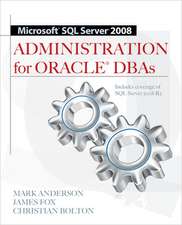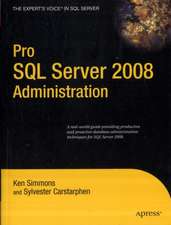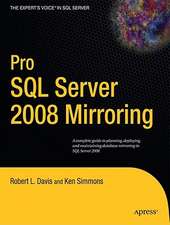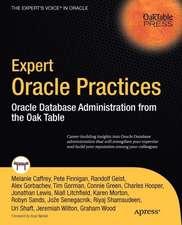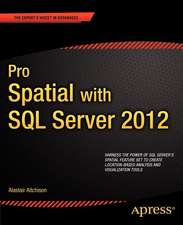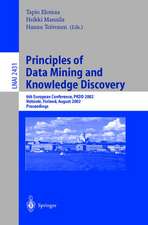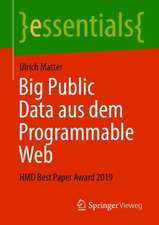Neural Network Data Analysis Using Simulnet™
Autor Edward J. Rzempolucken Limba Engleză Paperback – 18 apr 2013
| Toate formatele și edițiile | Preț | Express |
|---|---|---|
| Paperback (1) | 337.20 lei 6-8 săpt. | |
| Springer – 18 apr 2013 | 337.20 lei 6-8 săpt. | |
| Hardback (1) | 338.68 lei 6-8 săpt. | |
| Springer – 11 dec 1997 | 338.68 lei 6-8 săpt. |
Preț: 337.20 lei
Preț vechi: 421.49 lei
-20% Nou
Puncte Express: 506
Preț estimativ în valută:
64.53€ • 70.07$ • 54.21£
64.53€ • 70.07$ • 54.21£
Carte tipărită la comandă
Livrare economică 23 aprilie-07 mai
Preluare comenzi: 021 569.72.76
Specificații
ISBN-13: 9781461272625
ISBN-10: 1461272629
Pagini: 240
Ilustrații: VIII, 226 p.
Dimensiuni: 210 x 280 x 13 mm
Greutate: 0.55 kg
Ediția:Softcover reprint of the original 1st ed. 1998
Editura: Springer
Colecția Springer
Locul publicării:New York, NY, United States
ISBN-10: 1461272629
Pagini: 240
Ilustrații: VIII, 226 p.
Dimensiuni: 210 x 280 x 13 mm
Greutate: 0.55 kg
Ediția:Softcover reprint of the original 1st ed. 1998
Editura: Springer
Colecția Springer
Locul publicării:New York, NY, United States
Public țintă
ResearchDescriere
Scope of this Text This text is intended to provide the reader with an introduction to the analysis of numeri cal data using neural networks. Neural networks as data analytic tools allow data to be analyzed in order to discover and model the functional relationships among the recorded variables. Such data may be empirical. It may originate in an experiment in which the values of one or more dependent variables are recorded as one or more independent vari ables are manipulated. Alternatively, the data may be observational rather than empirical in nature, representing historical records of the behavior of some set of variables. An ex ample would be the values of a number of financial commodities, such as stocks or bonds. Finally, the data may originate in a computational model of some physical proc ess. Instead of recording variables of the physical process, the computer model could be run to generate an artificial analog of the physical data. Since data in virtually any native form can be expressed in numerical format, the scope of the analytical techniques and procedures that will be presented in this text is es sentially unlimited. Sources of data include research work in a range of disciplines as di verse as neuroscience, biomedicine, geophysics, psychology, sociology, archeology, eco nomics, and astrophysics. An often fruitful approach to data analysis involves the use of neural network func tions.
Cuprins
Scope of this Text.- What Is Expected from the Reader.- An Outline.- Computer Requirements.- 1 The Simulnet Desktop.- Desktop Components.- 2 Data Analysis.- The Substantive Question.- Neural Network Analysis.- Genetic Algorithms and Neural Networks.- The Probabilistic Network.- The Vector Quantizer Network.- Assessing the Significance of Network Results.- Network Application Examples.- Fractal Dimension Analysis.- Fourier Analysis.- Eigenvalue Analysis.- Coherence and Phase Analysis.- Mutual Information Analysis.- Correlation and Covariance Analysis.- 3 Acquiring and Conditioning Network Data.- Data Specification.- Data Collection.- Data Inspection.- Data Conditioning.- Detrend—Order 0.- Standardize Columns.- Frequency Filtering.- Principal Component Analysis.- Principal Component Data Reduction.- 4 A Data Analysis Protocol.- A Preprocessing Checklist.- Analyzing Experimental Data.
